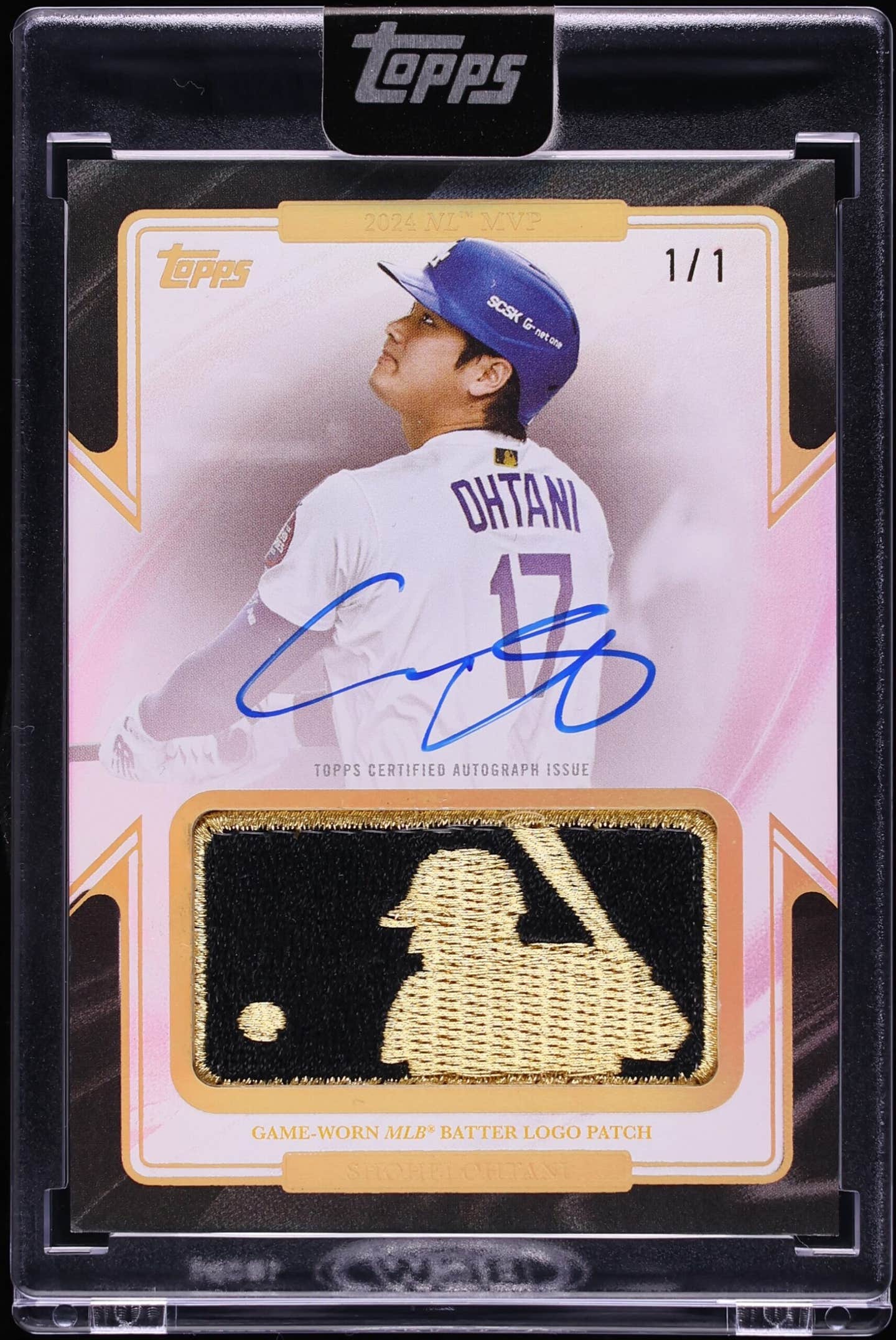Profiles
Killebrew: The Bonus Baby Who Made Good
It could be nothing more than coincidence, but the first two baseball players featured in our 35th Anniversary Hobby Royalty Series also turn out to be perhaps the two nicest guys in the hobby, a designation that Harmon Killebrew (and four issues ago, Brooks Robinson) earned by a card show demeanor that should be studied and emulated by the generations that have followed them.
No doubt many of the fans who patiently line up for a “Killer” signature probably never saw him play, but the combination of his legend as perhaps the greatest slugger of the 1960s and his amiability on the card show circuit make that unfamiliarity moot.
Ironically, the man who is renowned as an all-star when it comes to signing autographs was once turned down for one of the few he requested. Legend has it (on good authority, from others on the plane) that Joe DiMaggio once turned down a request from Killebrew to sign a ball as the two were sharing a flight returning from a card show.
Somehow, he managed to get The Yankee Clipper’s signature, and he has others from Stan Musial and Ted Williams, with whom he traveled to Canada to film a duck and goose-hunting television show. He also has signed items from several U.S. presidents; he’s met seven. It didn’t hurt that he came up as a Washington Senator and was on hand for those opening-day festivities when Ike would do the first-pitch honors. For subsequent presidents, a bit more effort was involved, since the Senators moved to Minnesota in 1961.
For a guy who ended up with 573 home runs, it’s a lot of fun to ponder how many he might have ended up with had his beginnings taken a somewhat different arch. Signed to the Senators by scout Ossie Bluege, Killebrew was a “Bonus Baby,” an archaic contrivance that the major league owners came up with after World War II in an effort to protect them from themselves. Sound familiar?
Seems the escalating costs of bonuses paid to untried young talent was alarming them, and their solution was a Bonus Rule that decreed that any young player signed for a bonus of $4,000 or more (Killebrew handsomely qualified for the rule with a three-year deal worth $30,000) would have to spend two years on the 40-man roster (two full seasons).
For Killebrew and many of the other Bonus Babies, that meant two years riding the bench when he ought to have been playing minor-league ball and learning the game. It was a cruel rule that addressed the short-term profligacy of owners while ignoring the paradox that they often weren’t serving their own best long-term interests because in many cases they shortchanged or completely torpedoed their own young players.
Killebrew, a high school phenom in several sports in Idaho, was spotted by Idaho Senator Herman Welker, who tipped off Senators owner Clark Griffith. You can make the case that Welker, a one-term Republican Senator best known for his stalwart defense of colleague Joe McCarthy, was a great judge of talent, or perhaps he was impressed with Killebrew’s .847 batting average for his semipro team at the time.
Either way, Griffith sent Bluege to look at the 17-year-old slugger. “I waited for the rain to stop in Payette, Idaho, and then he hit one a mile over the left field fence,” Bluege recalled. “I stepped it off the next morning and measured it at 435 feet. That convinced me. I signed him to a three-year contract for $30,000.”
The rest would be history, but because of the Bonus Baby business it would take history awhile to get started. The 17-year-old would be nearing 23 years old when he finally got to play regularly at the major league level in 1959, but it turned out to be worth the wait.
“That was an interesting year ... We had Eddie Yost (The Walking Man) on our ball club and it took a trade with the Tigers to give me an opportunity to play,” Killebrew recalled in a 1989 interview. “I had a good spring training and started the season at third and then hit a home run on opening day. I kept goin’ and hit one on the last day of the season and tied Rocky Colavito for the home run championship.”
Thus a figurative swap of a Walking Man for a Killer turned out to be a good deal for the Senators-soon-to-be-Twins. Killebrew would top the 40-home run mark seven more times, good enough for five more home run titles and his eventual all-time ranking as one of the American League’s greatest right-handed sluggers.
A compact 5-11, 200 pounds., he was known for his upper-body strength at a time when ballplayers weren’t lifting weights and sculpting their bodies in the fashion that younger fans have come to expect in modern times.
Killebrew socked 49 home runs twice at a time when pitchers were dominating the game as they hadn’t since the pre-Babe Ruth days, so he was a natural source for writers to approach in 2001 as Mark McGwire passed him on the all-time home run list. Killebrew’s observations were reflective of his gracious nature and fascinating nearly a decade later in light of all of the revelation about steroid use by major leaguers through that giddy period from the mid-1990s to 2003.
“A lot of people wanted to know my feelings after Mark McGwire surpassed my career home run total. They thought that I would be upset that he was passing me. No way. He’s done a marvelous job, is a credit to the game and I was excited like everyone else when McGwire and Sammy Sosa had the great home run race in 1998.”
His observations about the great slugger of the 1990s contrasts with McGwire’s standing in the public’s eye a decade later, with his Hall-of-Fame chances, fairly or not, quite thoroughly in the dumper. Killebrew understood something about coping with the vagaries of the Cooperstown election process; Despite his own ranking as the game’s greatest slugger through the non-slugging decade of the 1960s, Killebrew waited patiently in the wings as the baseball writers worked their own magic in their traditionally inscrutable fashion.
Killebrew wound up with vote totals around 60 percent the first two years, then jumped up to 72 percent. He was in the same kind of good company that he had come into the league with: Henry Aaron, Frank Robinson, Brooks Robinson and Bob Gibson got inducted in those years as Killebrew waited for his turn. Still, he found the 72 percent near-miss in 1983 more difficult to take than the first two years. “Why do the writers feel there only has to be a certain number inducted each time,” he asked after the disappointing vote.
The question became moot – at least for Killebrew, anyway – the next year when a solid 83 percent checked his name on the ballot, sending him to the ceremonies that summer in Cooperstown alongside Luis Aparicio and Don Drysdale.
In the years that followed, he became a mainstay on the card show circuit, and as noted before, one of the preeminent ambassadors for the game. “To me, it’s important to interact with the fans at these shows, be it telling old baseball stories or taking pictures with the fans,” Killebrew explained. “Most collectors appreciate you signing something extra on their item, such as HOF or your home run total ... and I don’t mind doing that, not at all.”
That pronouncement in 2001 came at a time when many of his colleagues were upping the ante for their own autographs by tacking on intricate fees for every little wave of the Sharpie. “I know there are some athletes who have a menu, a price list for inscriptions. To me, that’s a complicated way to do things – and I don’t do that.”
It’s that kind of attitude that had kept fans in Killer’s corner in the late 1980s when he struggled through a one-two punch of financial calamities that pushed him deeply into debt, followed by a health scare in 1990 when he was rushed to a the hospital with life-threatening ailments that ultimately required three surgeries.
But to the delight of his legion of fans, he emerged nearly a year later with a new wife, Nita, improved health and a financial picture that improved right along with it.
And that’s good news for the show circuit, as well. That’s an area that gets tougher – and more expensive – every year, so the hobby needs to hang onto the real gems like Killebrew.
Hobby Royalty, indeed.








